Now To The Subtropical and Jungle And Rose Gardens (Page Three)
Did you know? - A tropical garden is one of the most difficult gardens to build, or maintain, it becomes more difficult the more your local climate differs from the natural habitat of your plants. Key to a healthy tropical garden are lots of light and lots of water. The large leaves that feature in tropical plants require the soil to be humid at all times, so irrigation might be a must-have for some gardens. Over-watering can kill your plants as well, as it will cause the roots to rot.
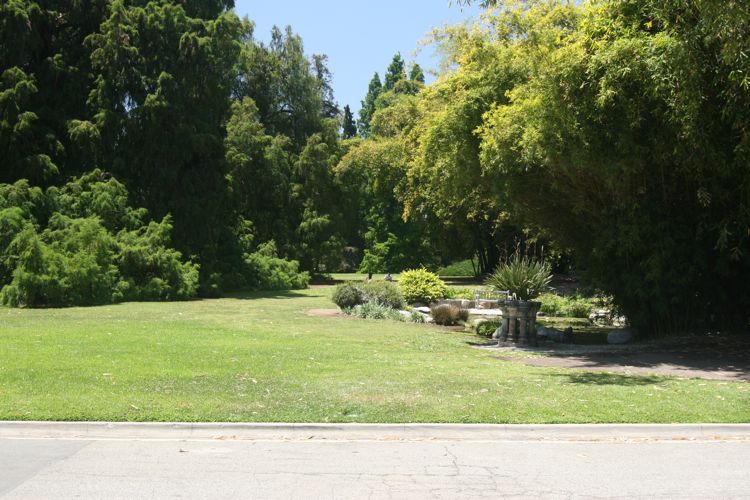
If you turn 180 degrees from the desert garden this is what you will see

Bamboo walkways
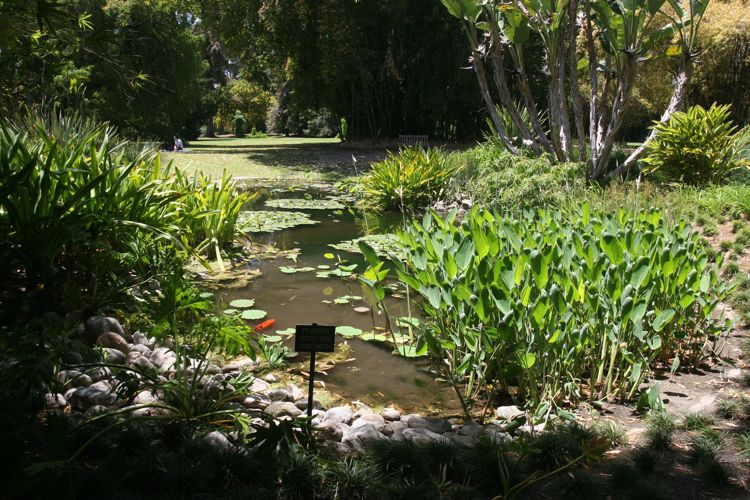
Lush vegetation
Did you know? - Various species of carp have been domesticated and reared as food fish across Europe and Asia for thousands of years. These various species appear to have been domesticated independently, as the various domesticated carp species are native to different parts of Eurasia. For example, the Common carp Cyprinus carpio are originally from Central Europe.
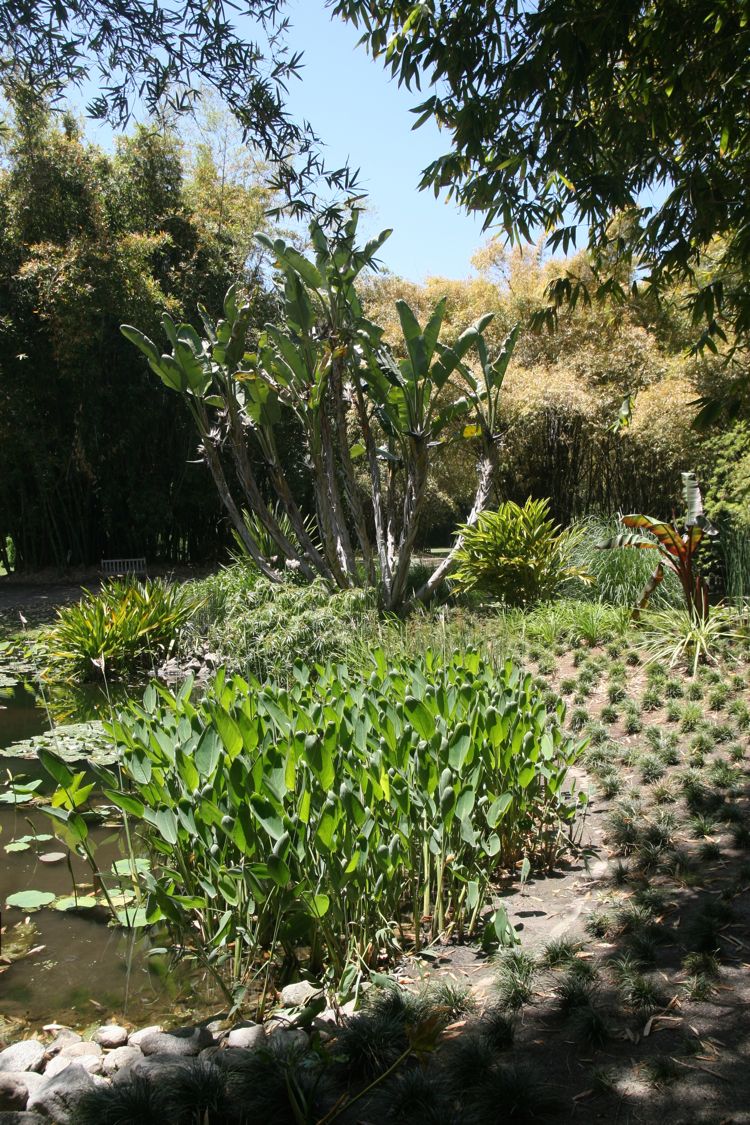
Bird of Paradise
Did you know? - Strelitzia is a genus of five species of perennial plants, native to South Africa. The genus is named after the duchy of Mecklenburg-Strelitz, birthplace of Queen Charlotte of the United Kingdom. A common name of the genus is bird of paradise flower, because of a supposed resemblance of its flowers to the bird of paradise. In South Africa it is commonly known as a crane flower.
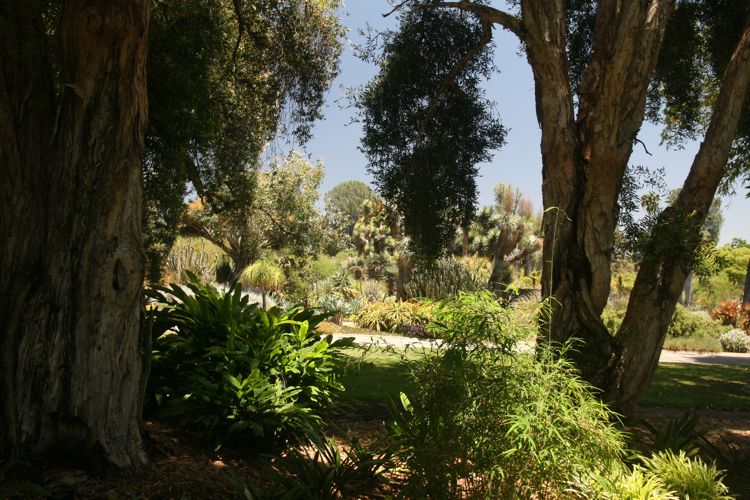
Standing in the sub-tropics viewing the desert!
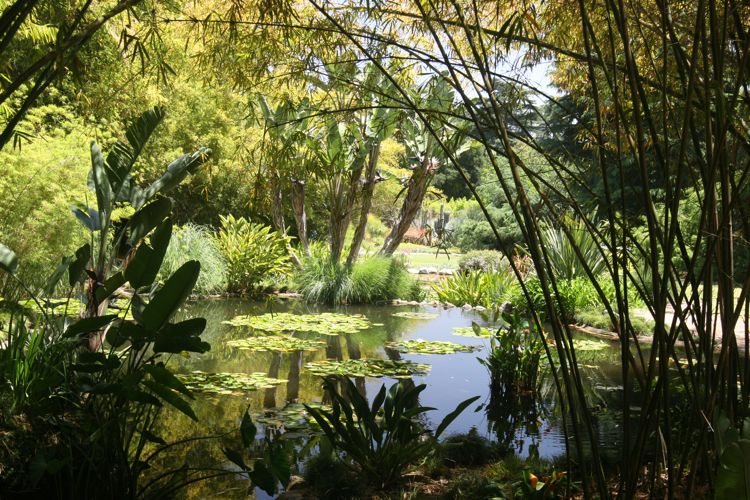

Palms grow almost every
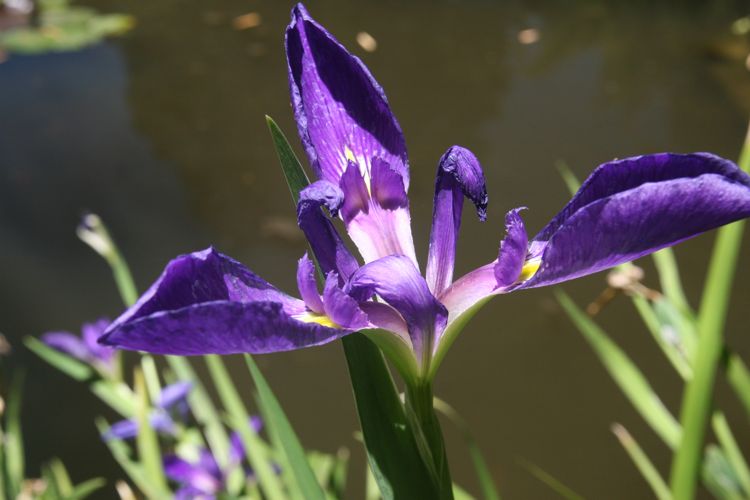
Wow!
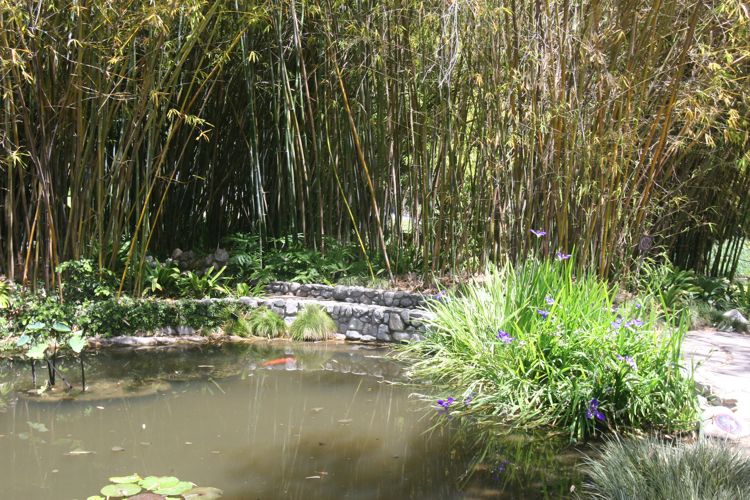

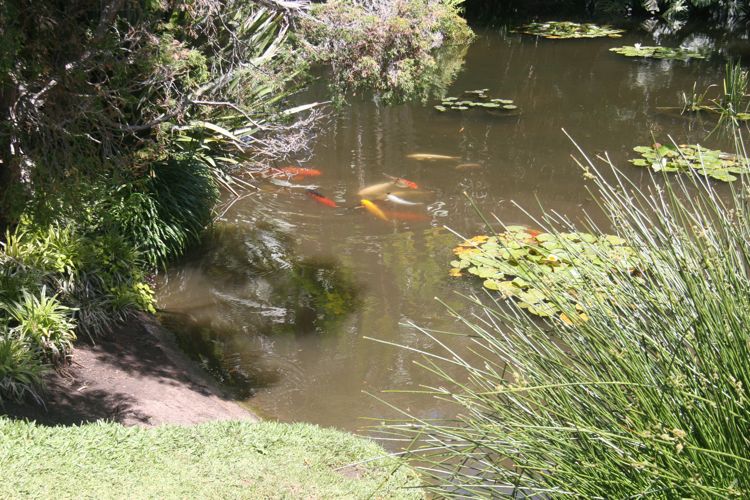
These guys are well fed!!
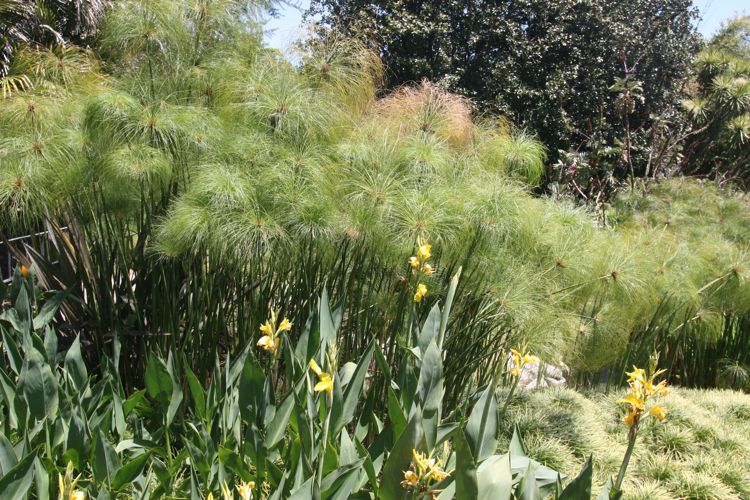
Papyrus
Did you know? - Papyrus usually grow 2?3 metres (5?9 ft) tall. Papyrus is first known to have been used in ancient Egypt (at least as far back as the First dynasty), but it was also used throughout the Mediterranean region. Ancient Egypt used this plant for boats, mattresses, mats, rope, sandals, and baskets.
The English word papyrus derives, via Latin, from Greek
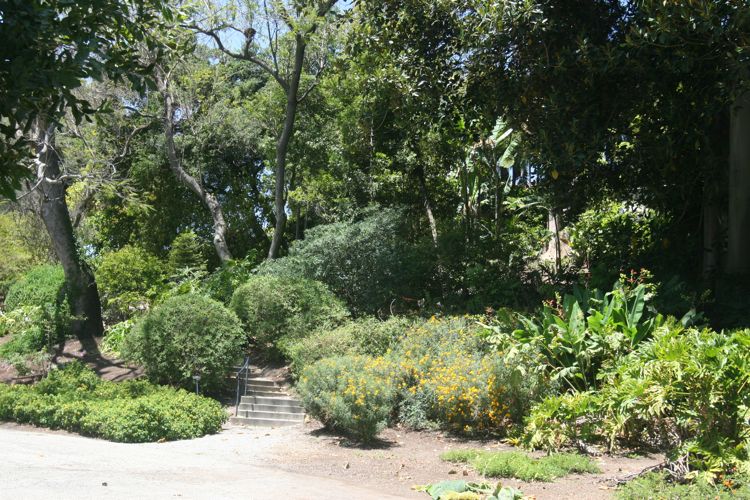
Heading up toward the rose garden
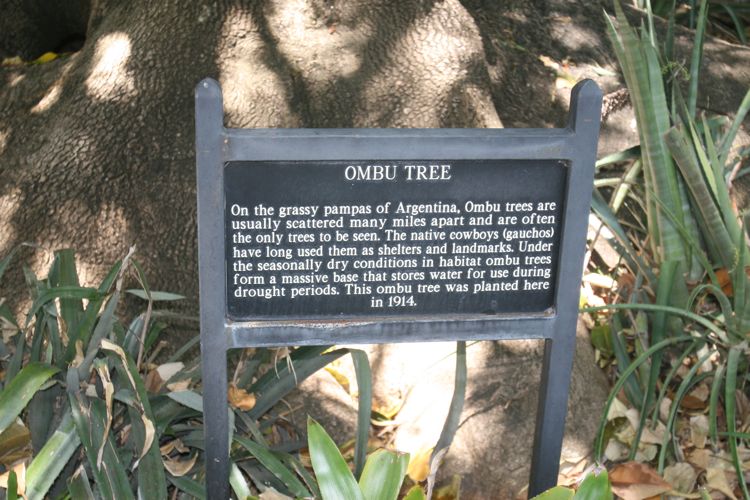
Did you know? - The omb? is a massive evergreen herb native to the Pampas of South America. The tree has an umbrella-like canopy that spreads to a girth of 12 to 15 meters (40 to 50 feet) and can attain a height of 12 to 18 meters (40 to 60 feet). The omb? grows fast but being herbaceous its wood is soft and spongy enough to be cut with a knife. Because of this, it is also used in the art of bonsai, as it is easily manipulated to create the desired effect.
Since the sap is poisonous, the omb? is not grazed by cattle and is immune to locusts and other pests. For similar reasons, the leaves are sometimes used as a laxative or purgant. It is a symbol of Uruguay and Argentina, and of Gaucho culture, as its canopy is quite distinguishable from afar and provides comfort and shelter from sun and rain. The fireproof trunk also stores water for the large fires.
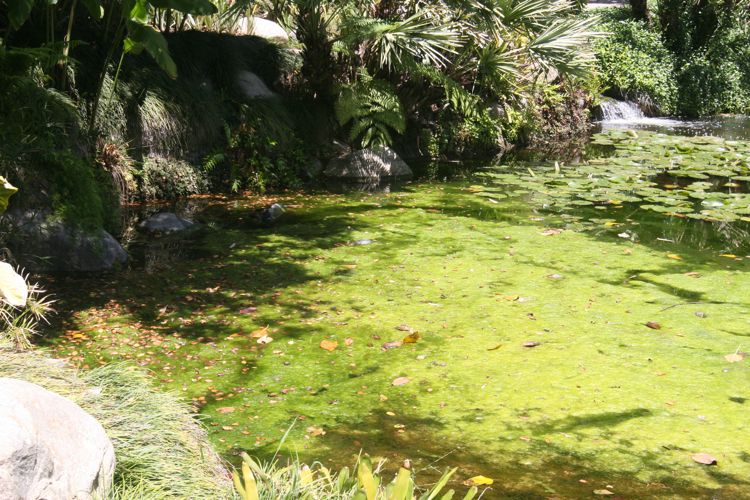
See the turtle???
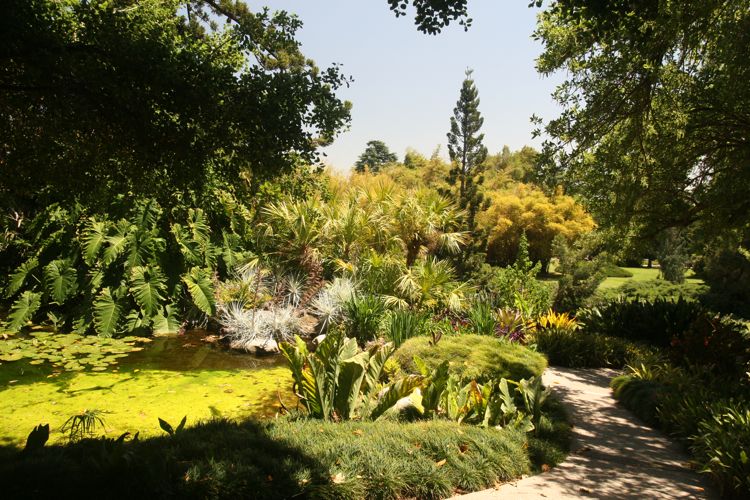
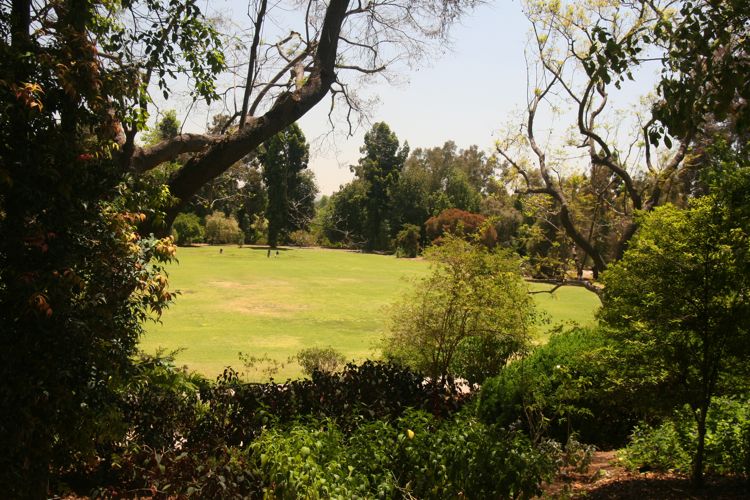
The meadow was beautiful!
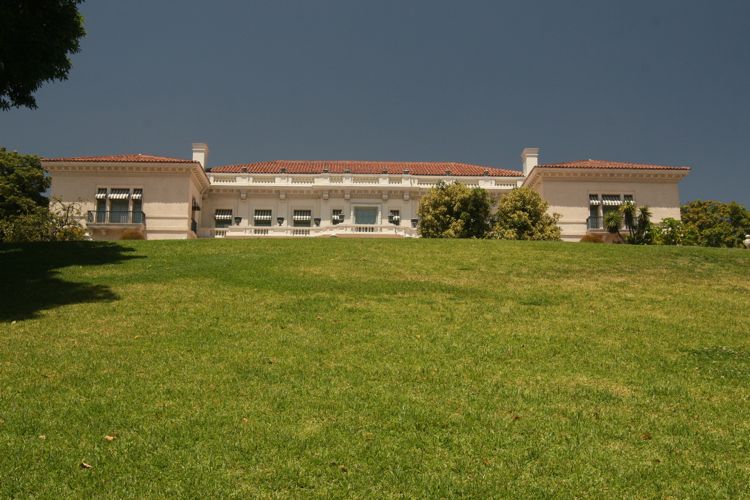
Looking toward the mansion
Did you know? - In friendly competition with his uncle's Southern Pacific, in 1898, Huntington purchased the narrow gauge, city oriented Los Angeles Railway (LARy) known colloquially as the 'Yellow Car' system. In 1901 Huntington formed the sprawling interurban, standard gauge Pacific Electric Railway (the PE), known more familiarly as the 'Red Car' system, centered at 6th and Main Streets in Los Angeles.
This competition with his uncle's Southern Pacific could be achieved by the need for passenger friendly streetcars, on 24/7 schedules, that the railroads couldn't match--and by the boom in Southern California land development--where houses were built in distant places, like Orange County's Huntington Beach, a Huntington sponsored development, where streetcars served passenger needs that the railroads had never considered.
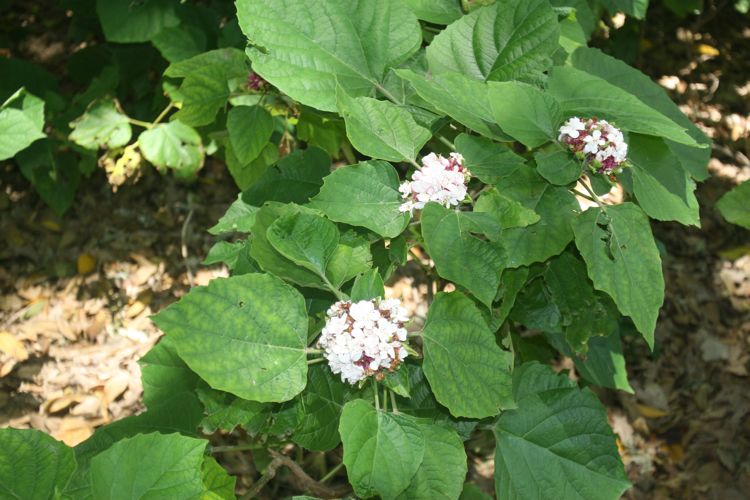
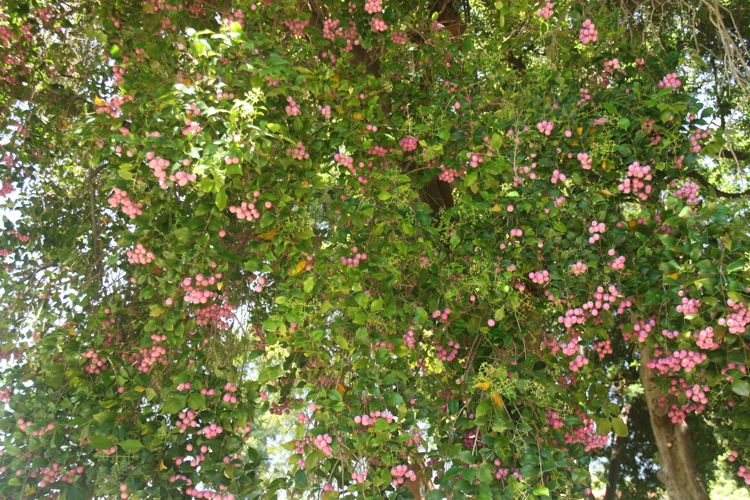
The tree was loaded with blossoms
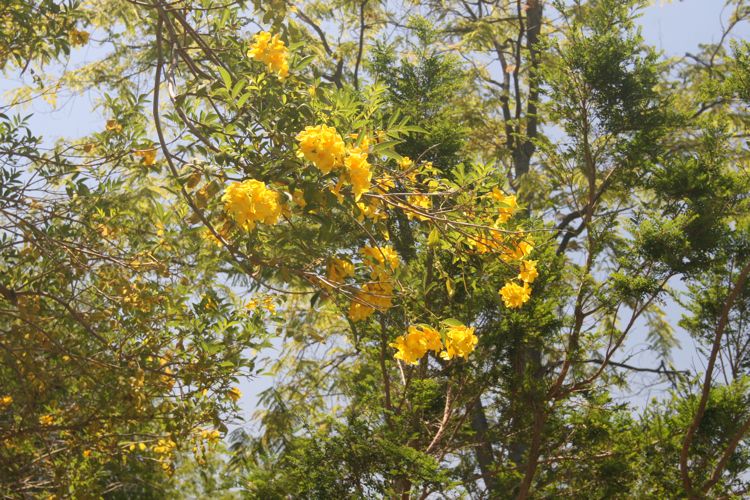
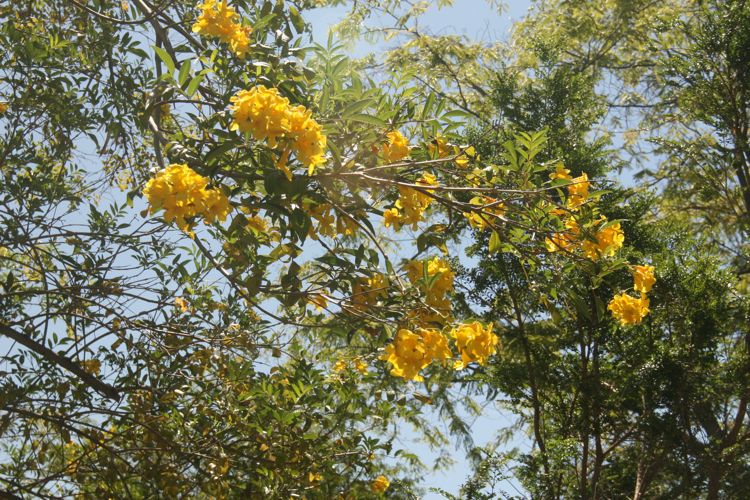
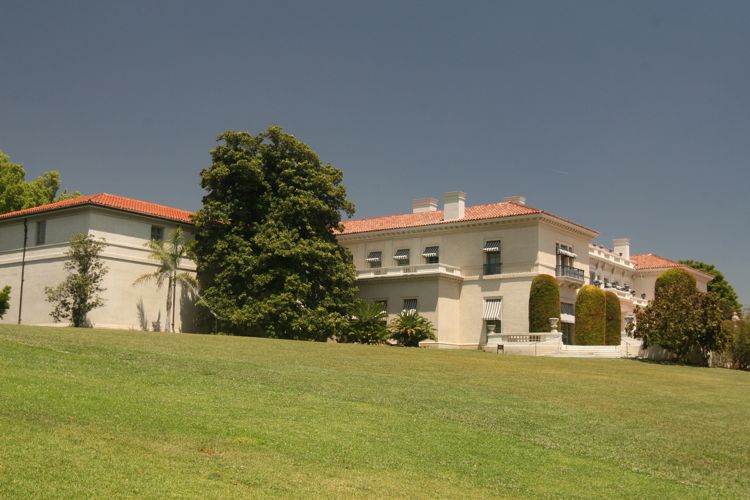

The remains of the citrus orchard
The Rose Garden
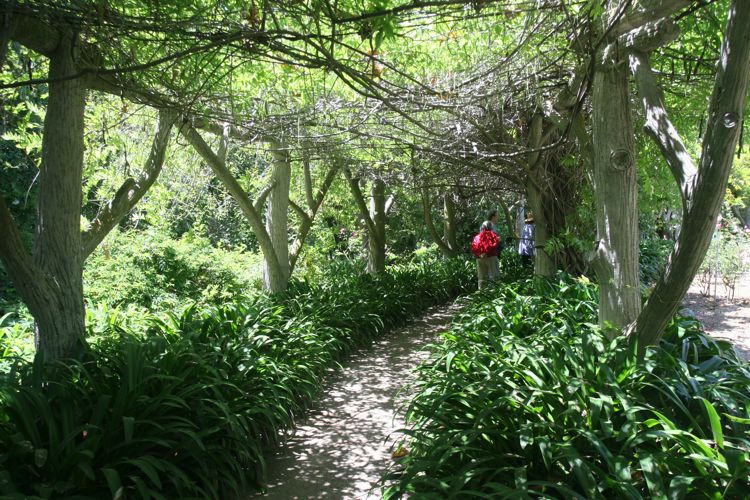

The "cement trees" are being repaired
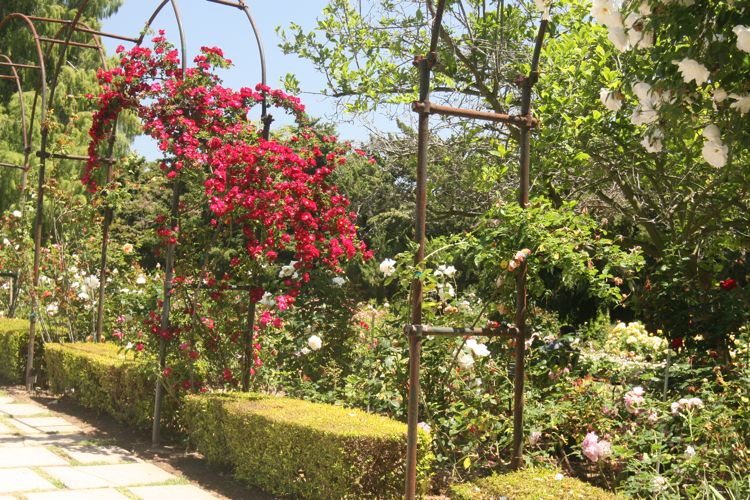
Magnificent colors
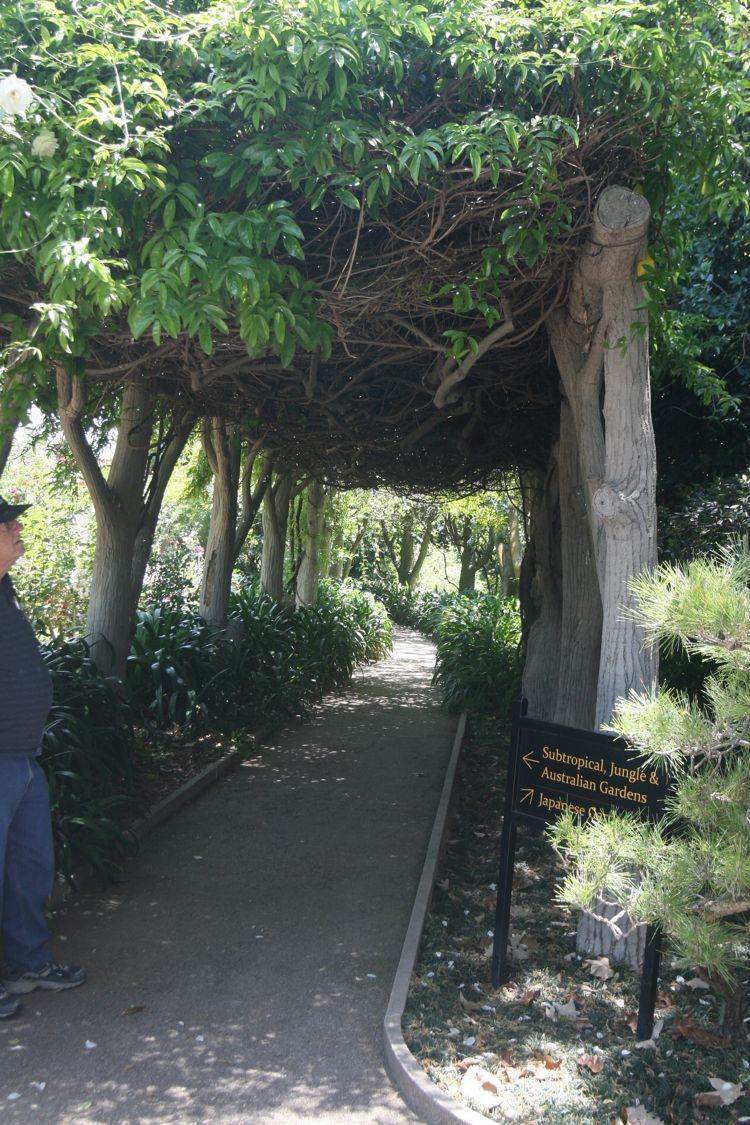
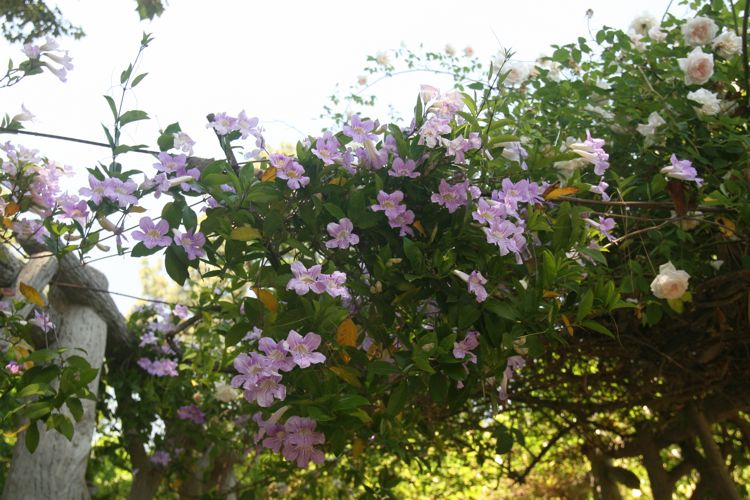
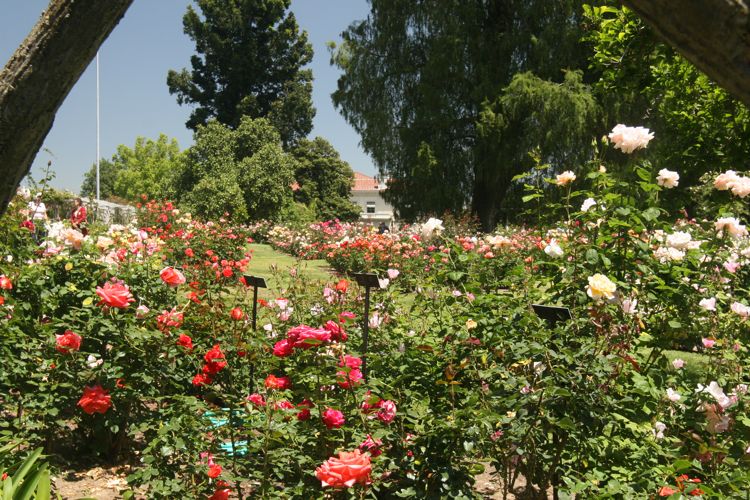
Hundreds of kinds
Did you know? - The rose hip and rose haw, is the pomaceous fruit of the rose plant, that typically is red-to-orange, but ranges from dark purple to black in some species. Rose hips begin to form in spring, and ripen in late summer through autumn.
Rose hips are occasionally made into jam, jelly, and marmalade, or are brewed for tea, primarily for their high Vitamin C content. They are also pressed and filtered to make rose hip syrup. Rose hips are also used to produce Rose hip seed oil, which is used in skin products and some makeup products.
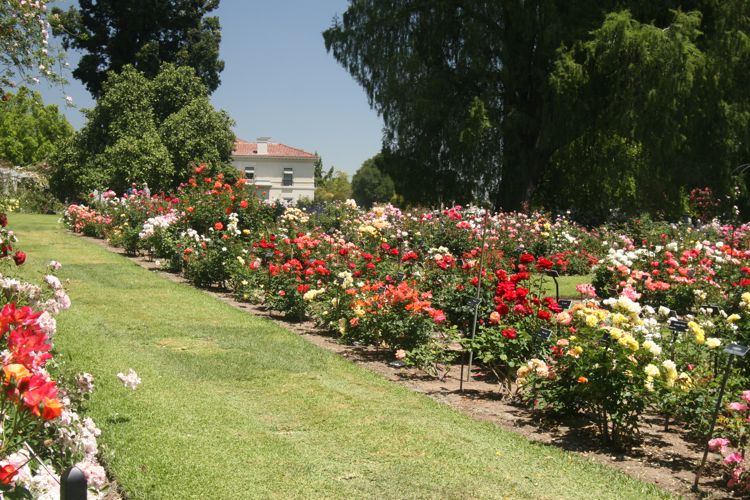
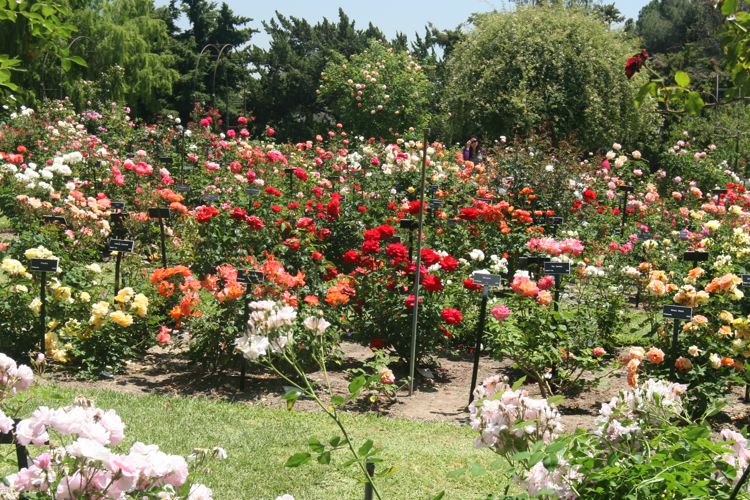
Need a color?
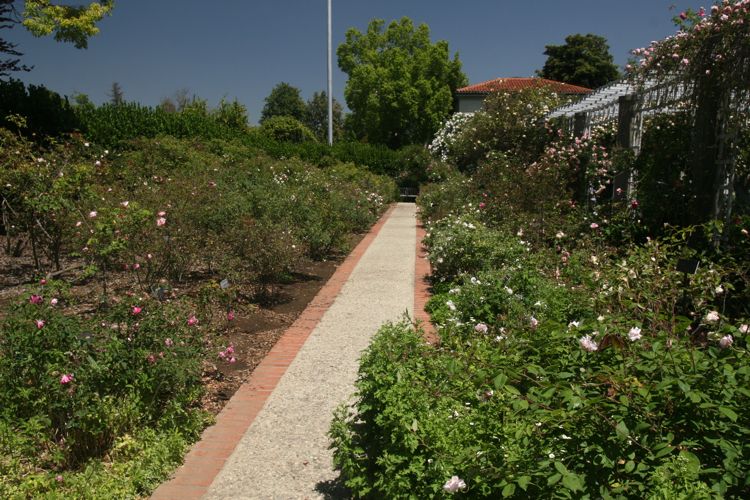
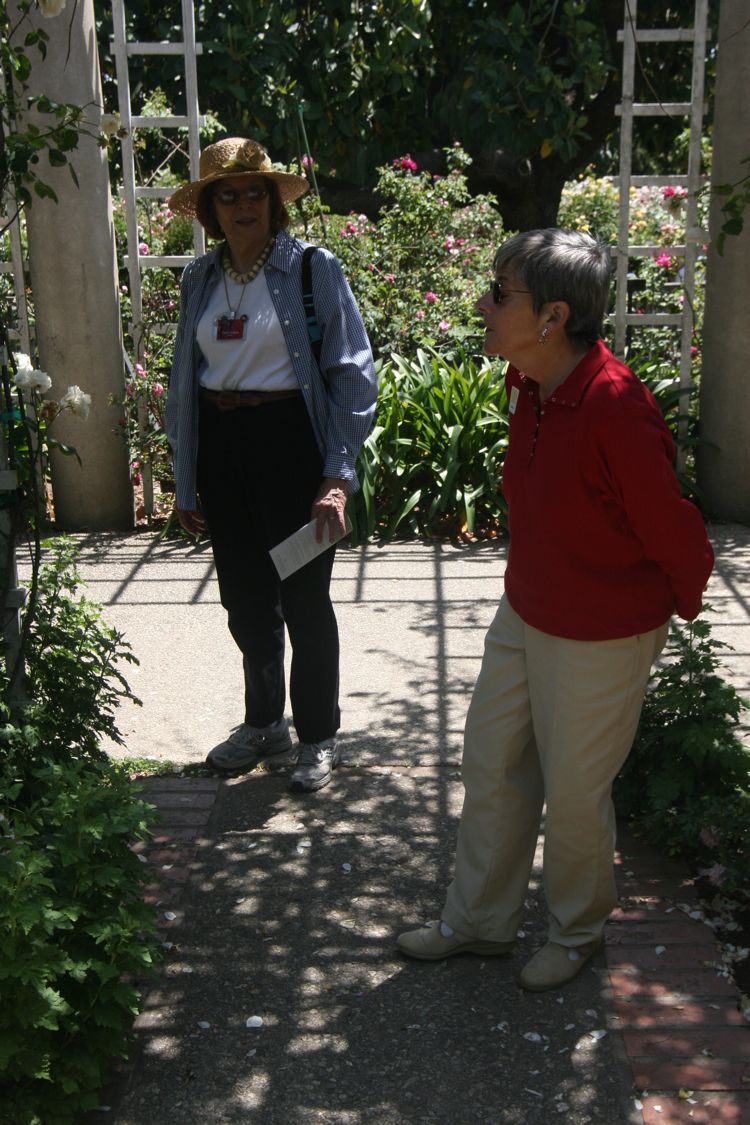
We departed the tour near the Tea Room
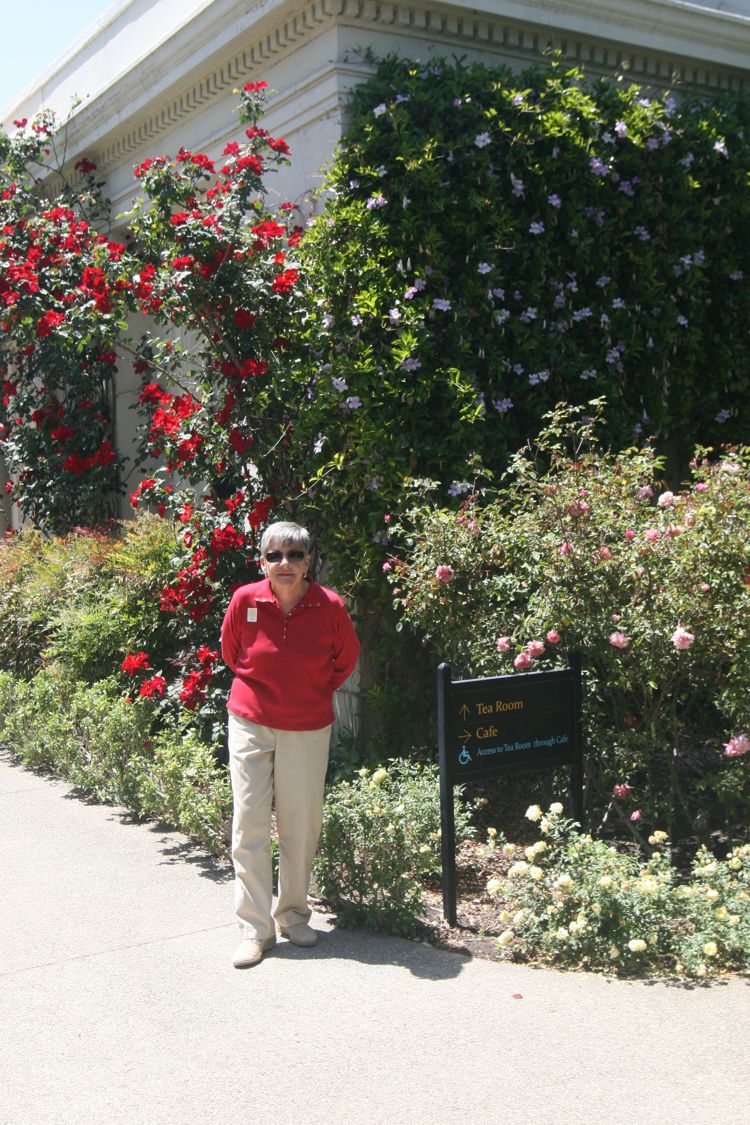
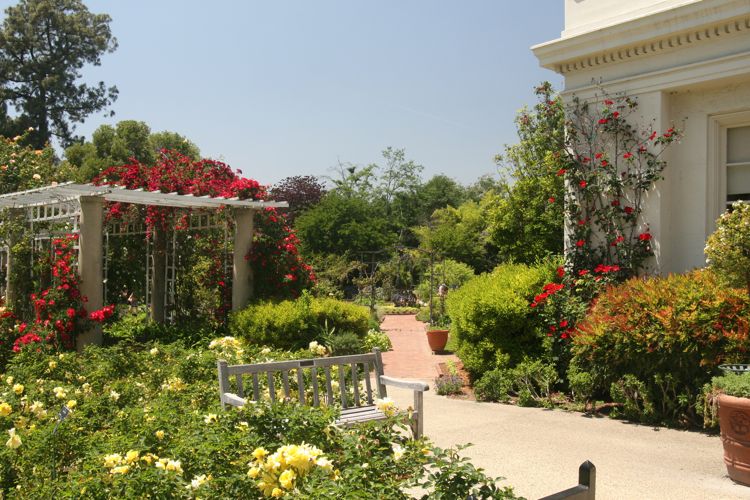
Up Close
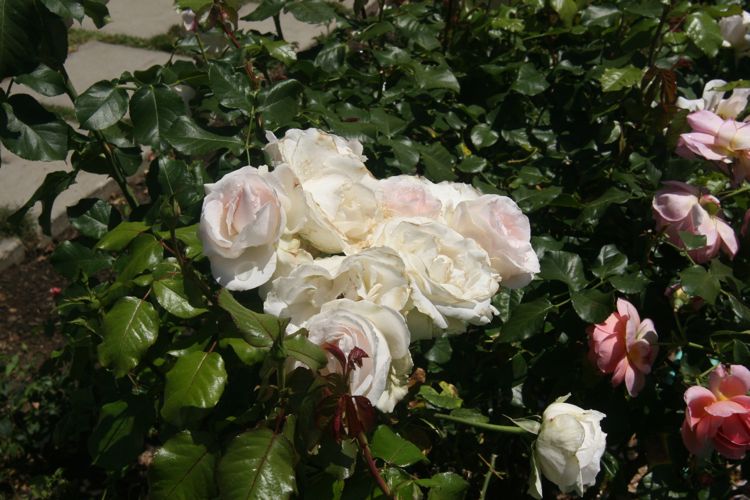
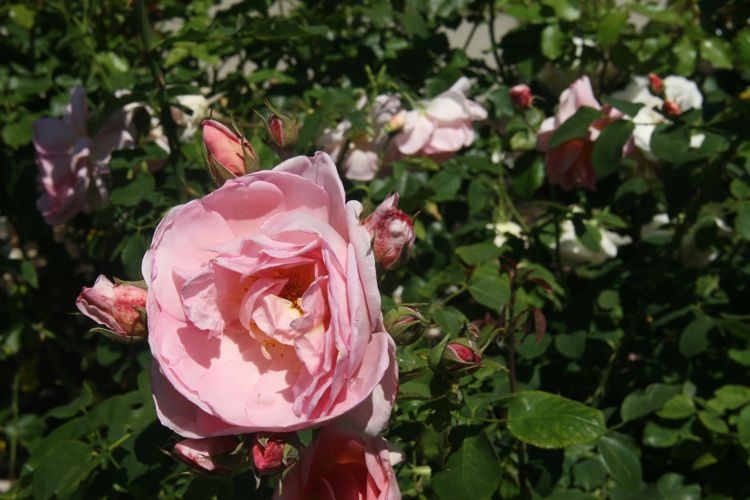
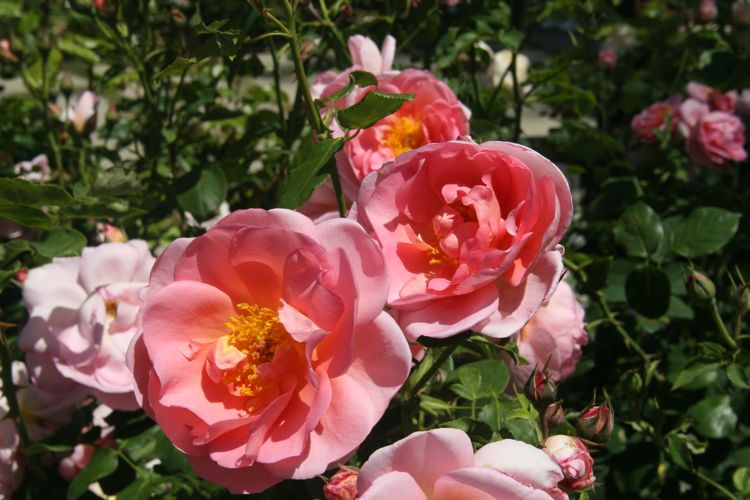
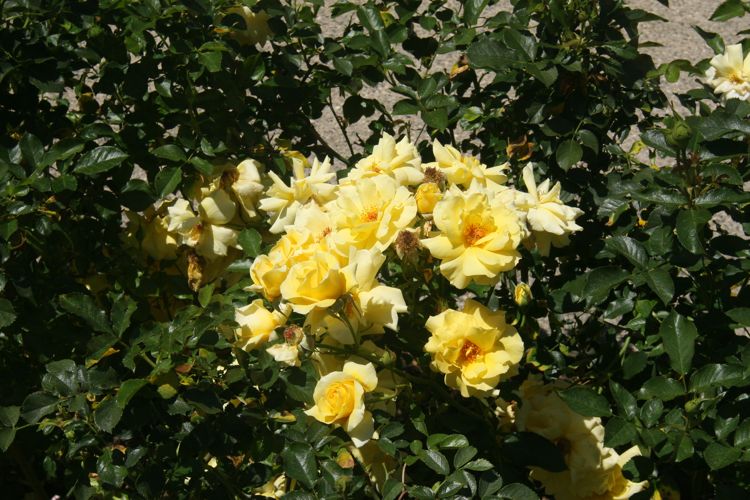
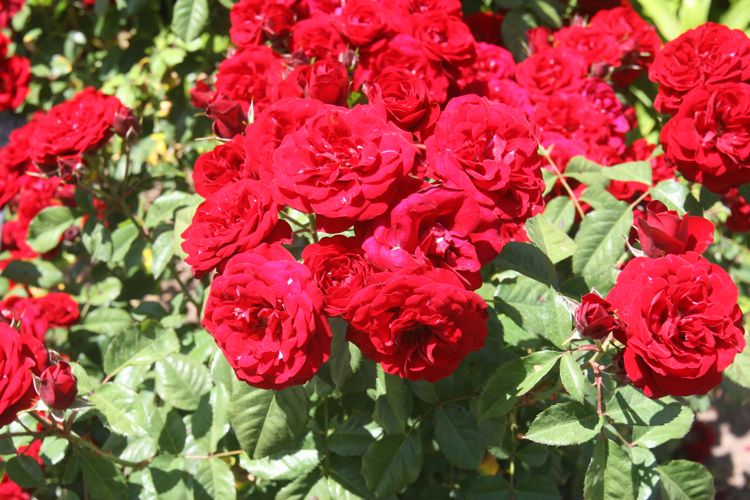
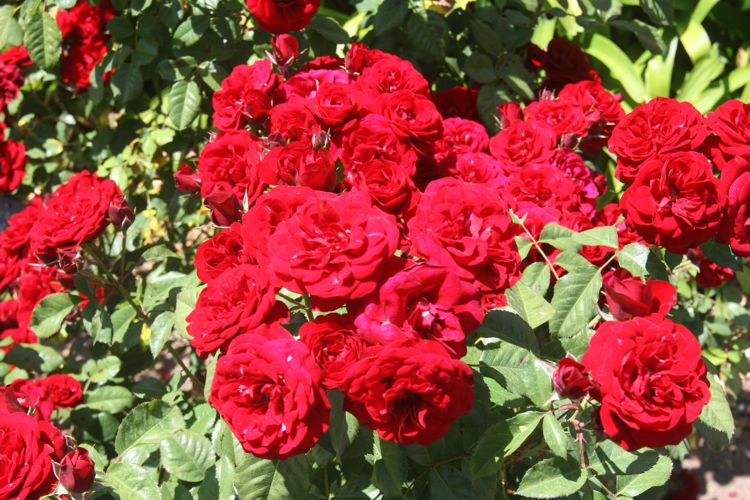
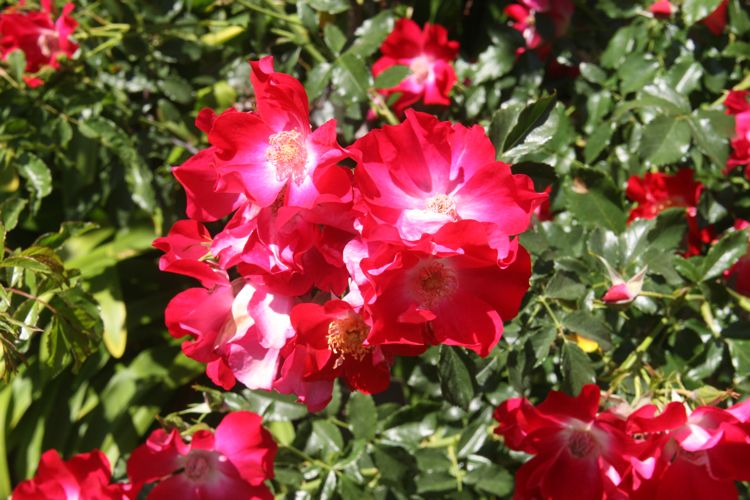
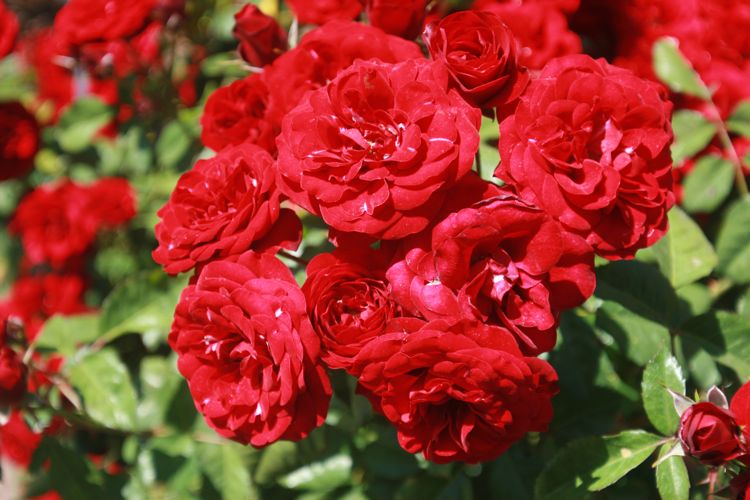
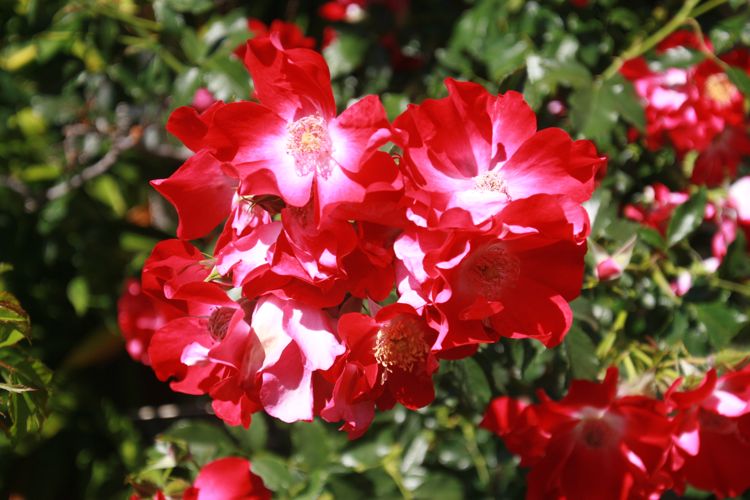

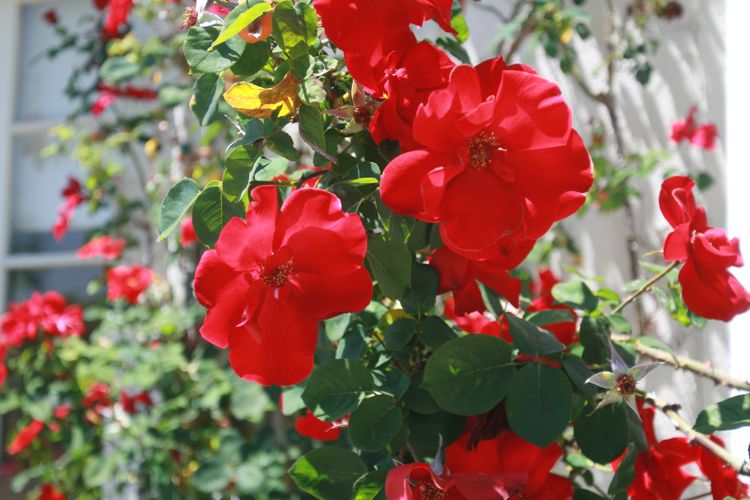
Time For Tea
Did you know? - Tea is the agricultural product of the leaves, leaf buds, and internodes of the Camellia sinensis plant, prepared and cured by various methods. "Tea" also refers to the aromatic beverage prepared from the cured leaves by combination with hot or boiling water, and is the common name for the Camellia sinensis plant itself.
After water, tea is the most widely-consumed beverage in the world. It has a cooling, slightly bitter, astringent flavour which many enjoy.
A tea's type is determined by the processing which it undergoes. Leaves of Camellia sinensis soon begin to wilt and oxidize, if not dried quickly after picking. The leaves turn progressively darker as their chlorophyll breaks down and tannins are released.
This process, enzymatic oxidation, is called fermentation in the tea industry, although it is not a true fermentation. It is not caused by micro-organisms, and is not an anaerobic process. The next step in processing is to stop oxidation at a predetermined stage by heating, which deactivates the enzymes responsible. With black tea, this step is executed simultaneously with drying.
Tea is traditionally classified based on the techniques with which it is produced and processed.
- White tea : Wilted and unoxidized
- Yellow tea : Unwilted and unoxidized, but allowed to yellow
- Green tea : Unwilted and unoxidized
- Oolong : Wilted, bruised, and partially oxidized
- Black tea : Wilted, sometimes crushed, and fully oxidized
- Post-fermented tea : Green tea that has been allowed to ferment/compost
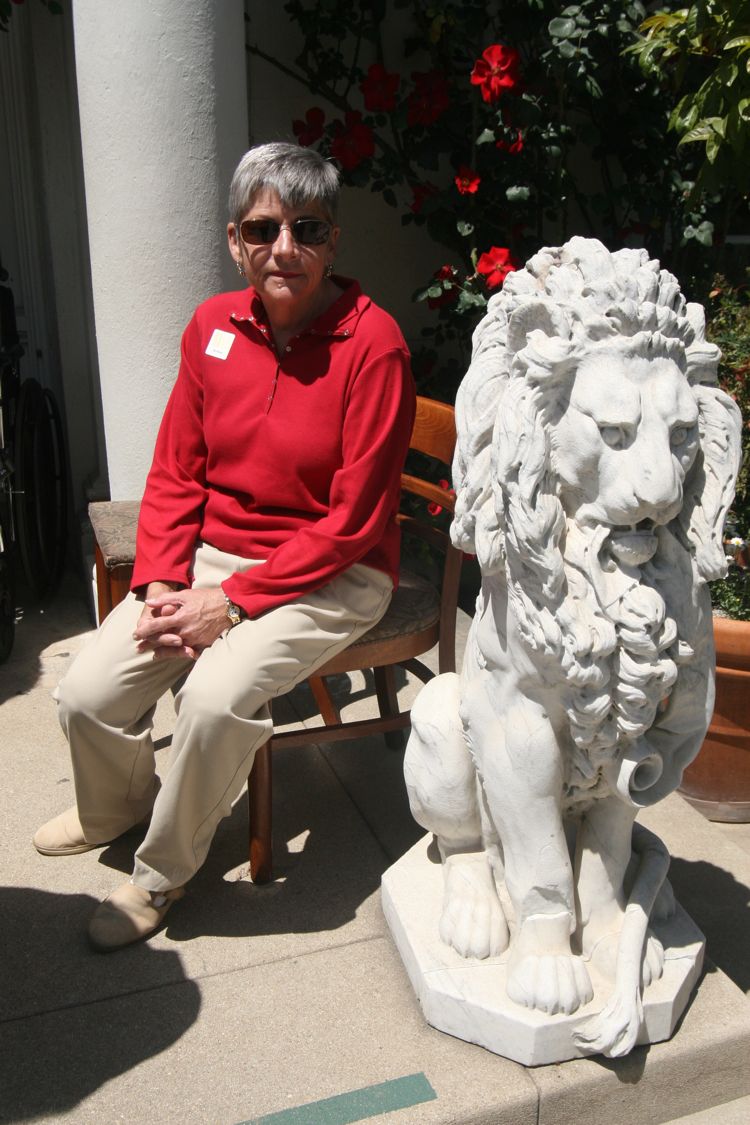
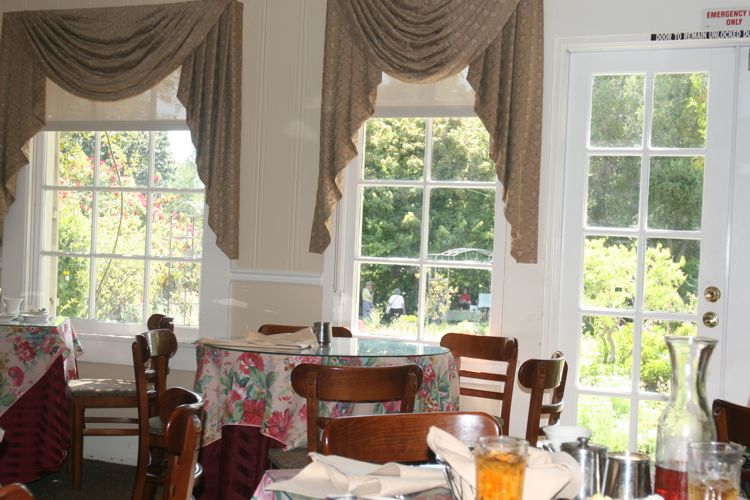
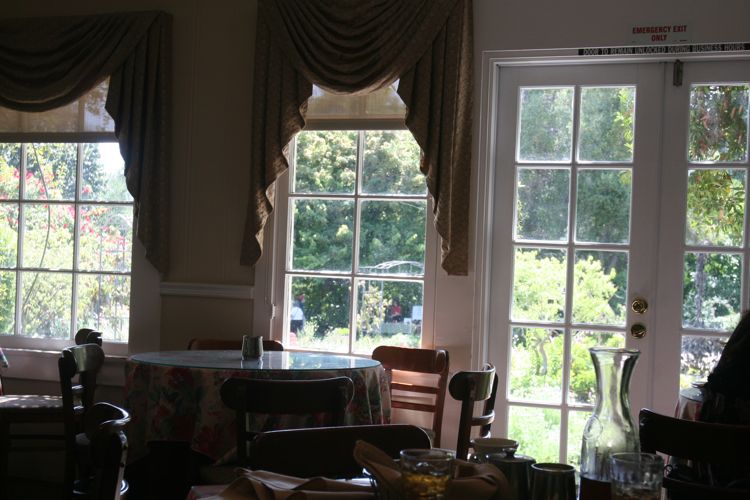
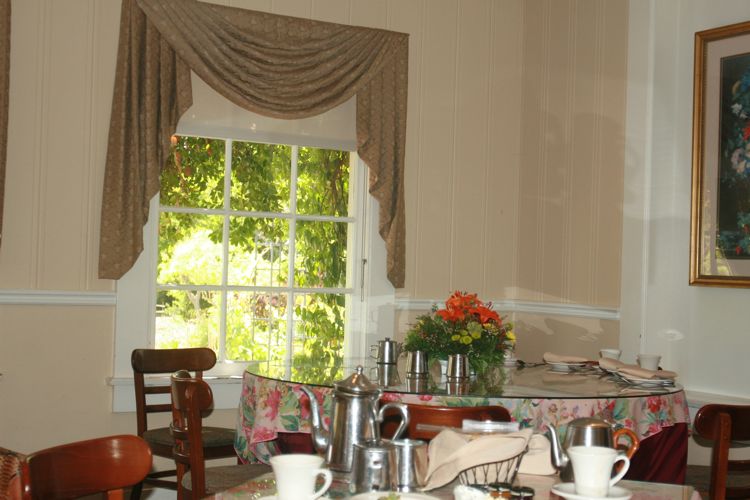
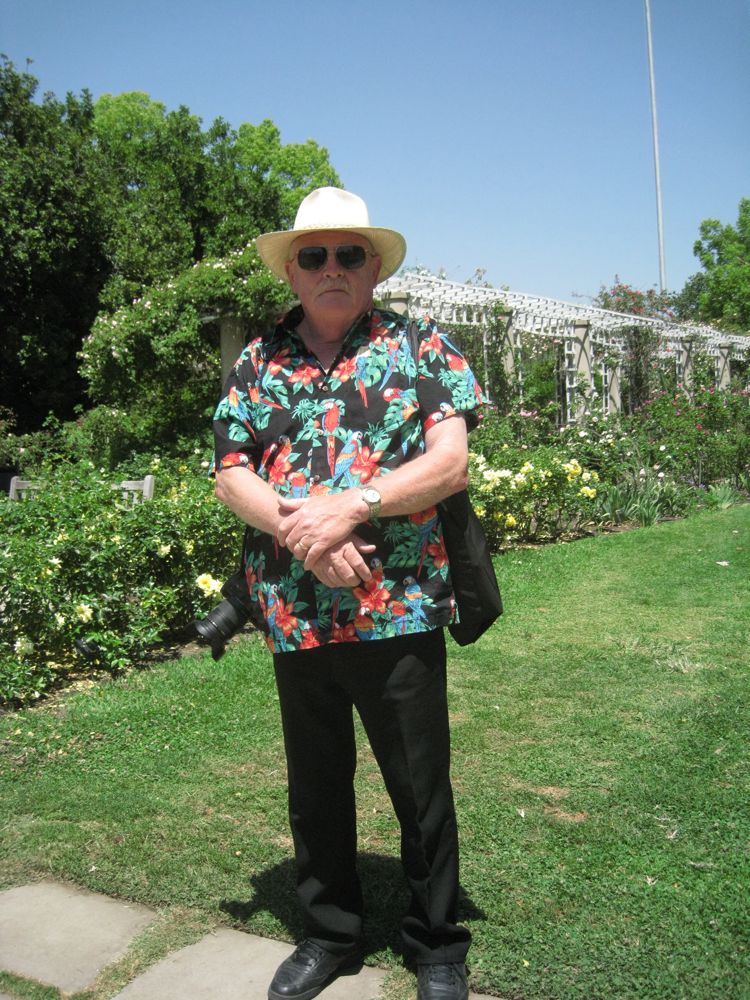

What did I say?


Tummy's Are Full So It Is Time To Walk
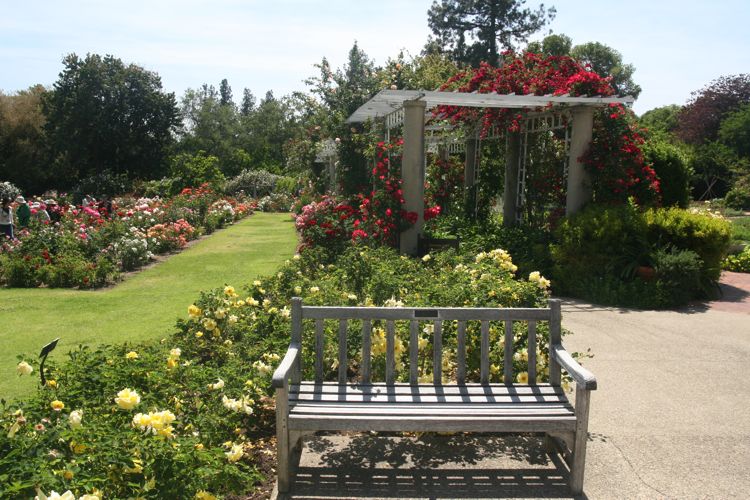
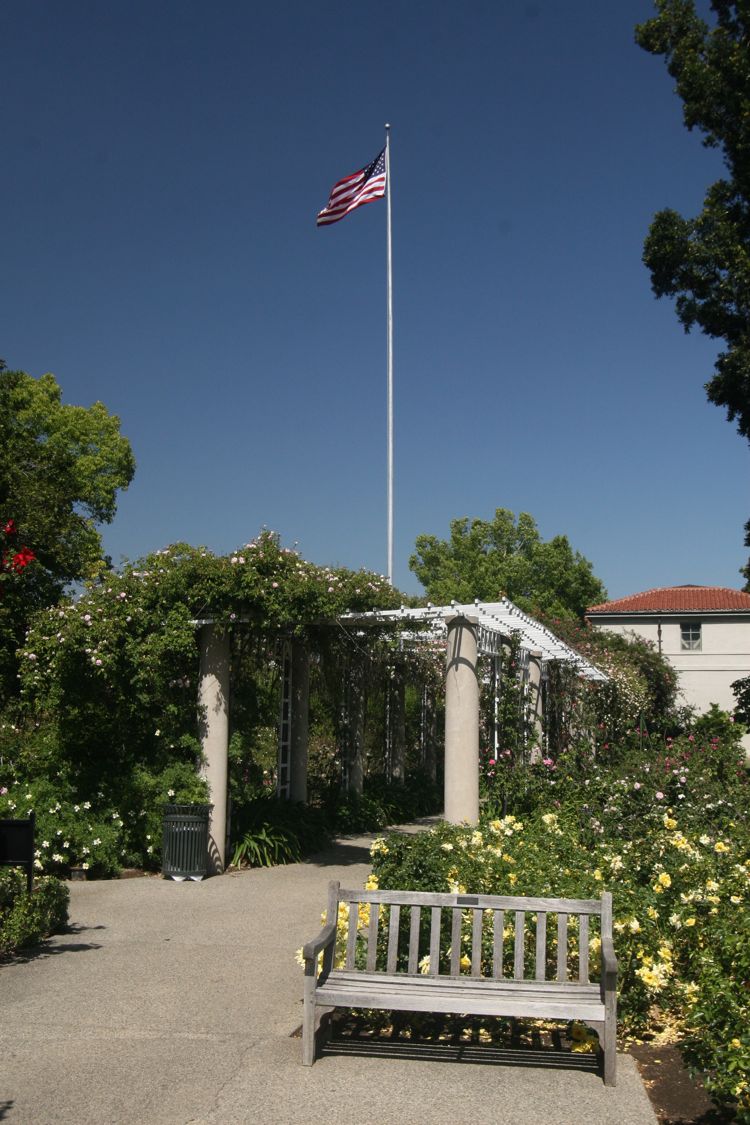
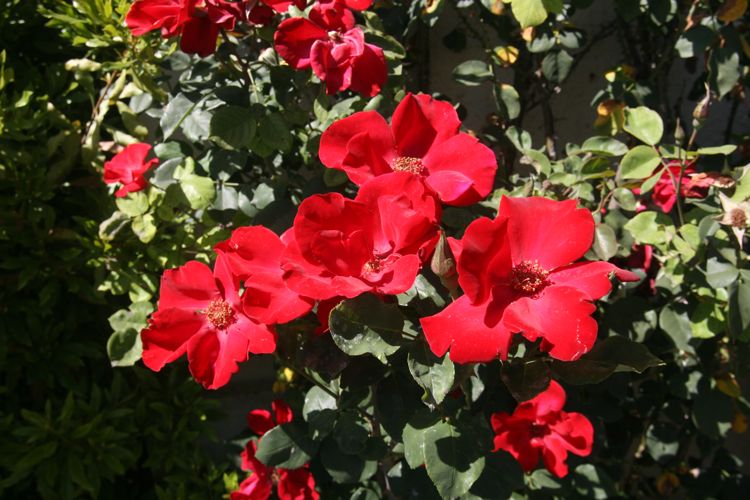
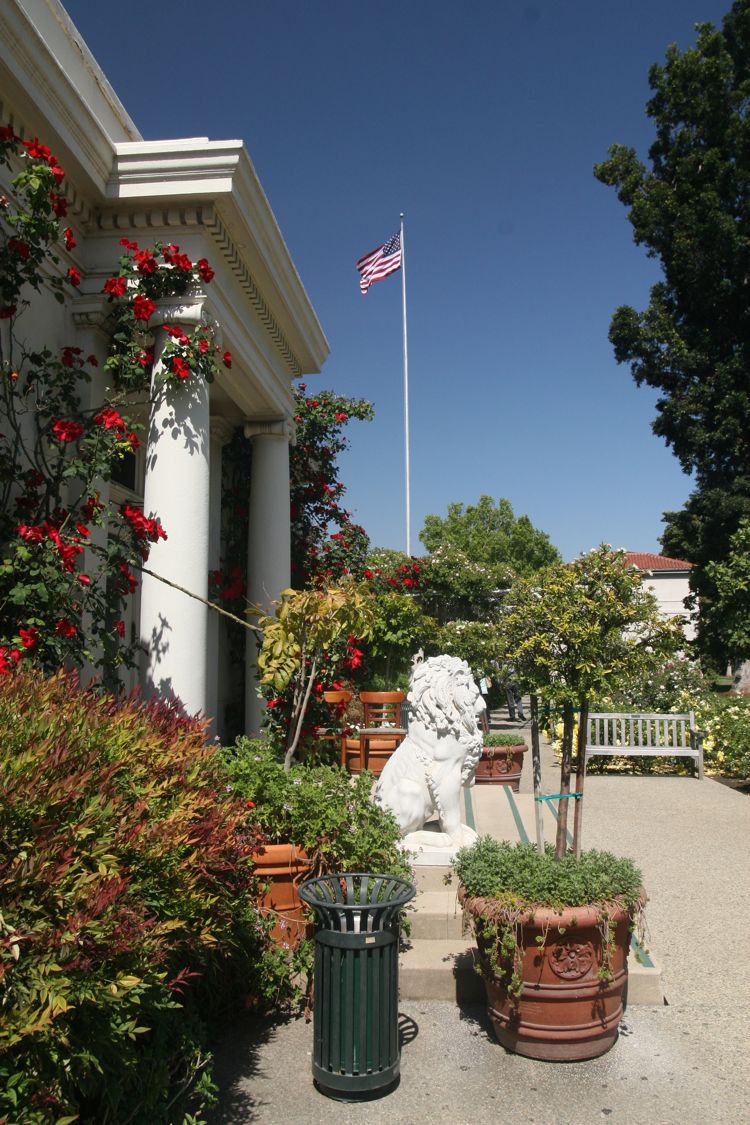
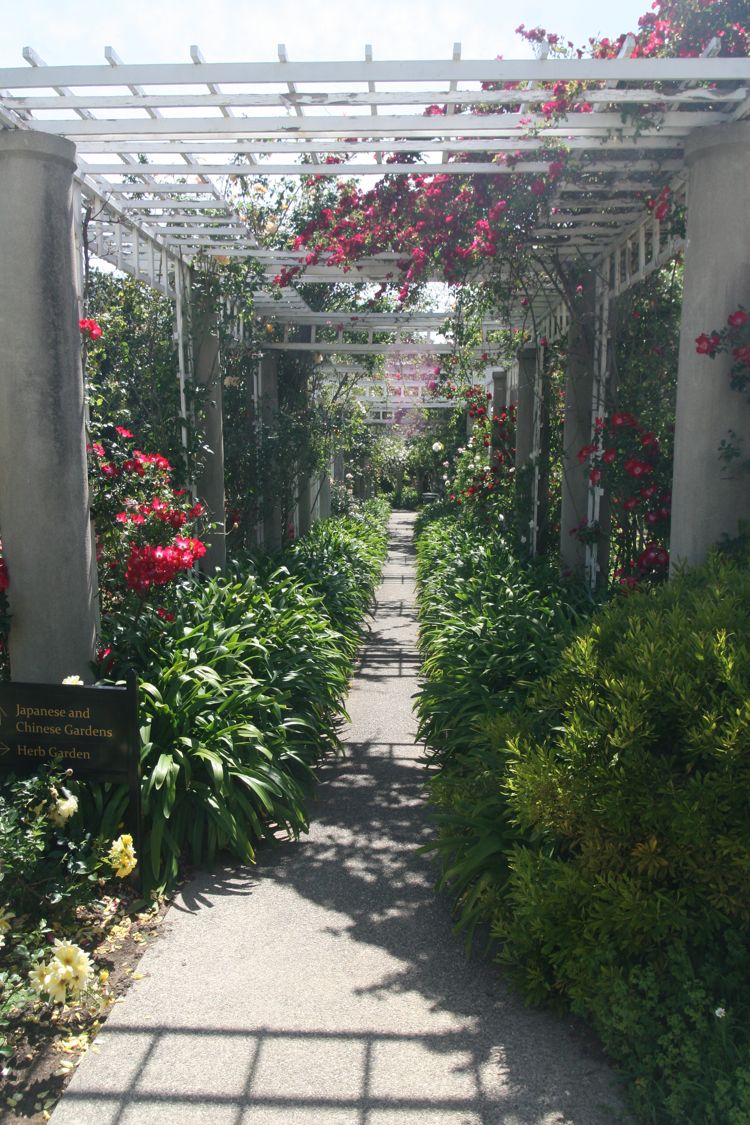
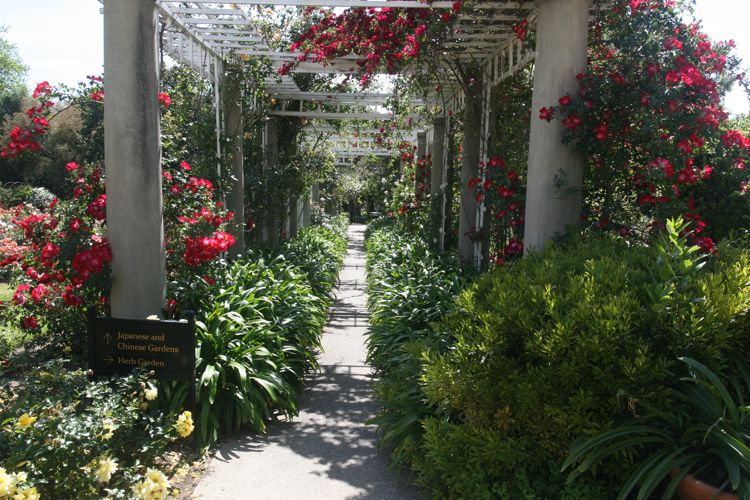
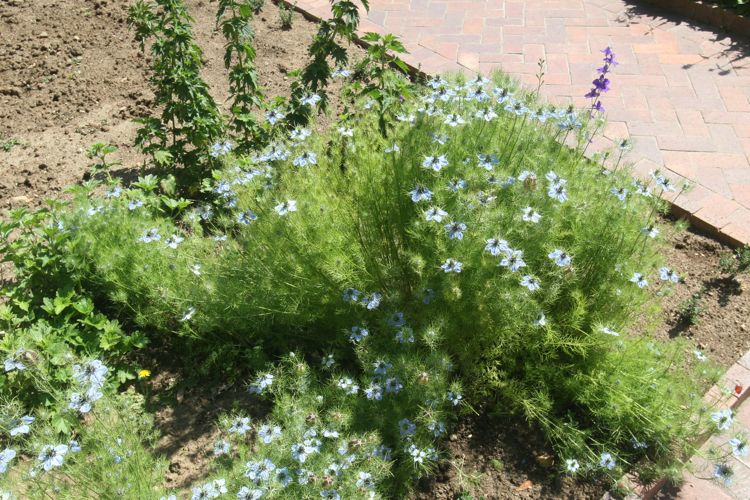
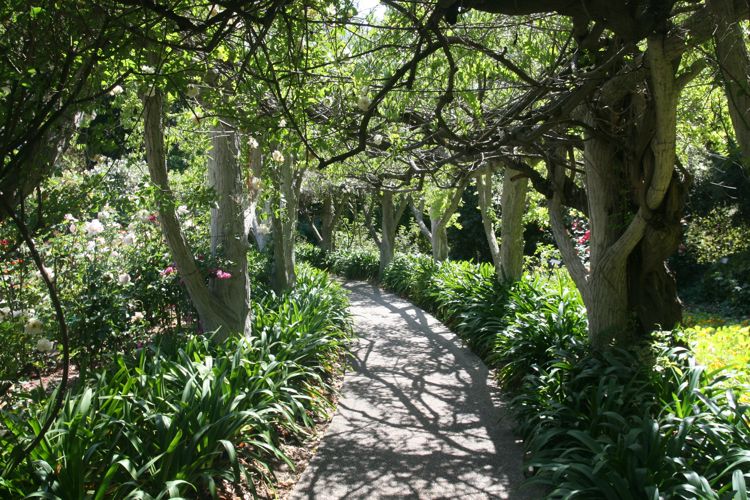

Come on Paul... Let's see the Japanese and Chinese gardens